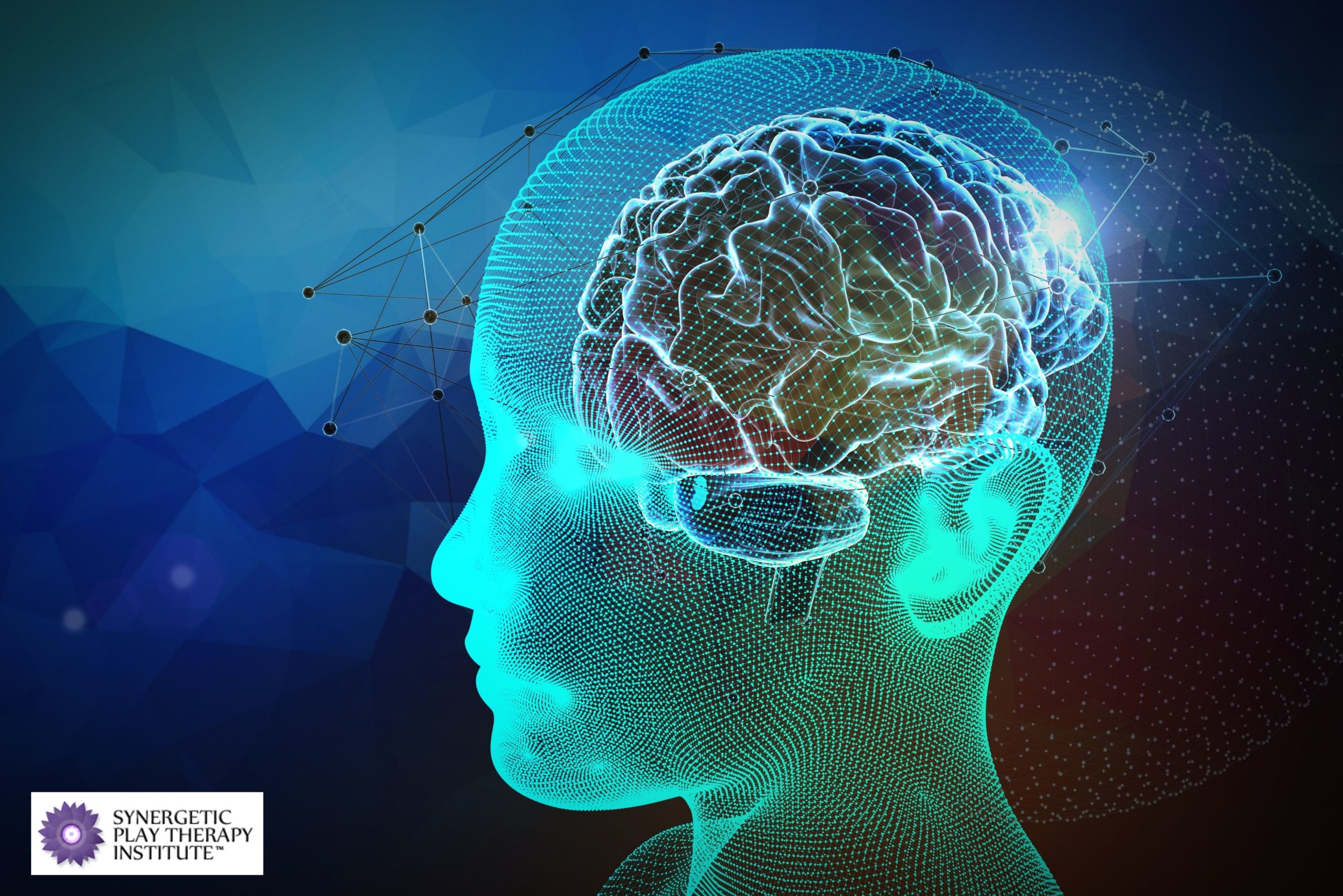By Lisa Dion, LPC, RPT-S
It’s crucial to bring the brain and neuroscience into the play therapy process if we really want to understand what is happening in the mind and bodies of a child and the therapist. For a long time the play therapy field has emphasized the child’s process, and hasn’t emphasized the therapist’s process sufficiently. What neuroscience is helping us understand is that the effectiveness of the therapy relies on the relationship. We’ve known this for a long time; in fact, I would argue that most people in the therapy world would agree that the relationship a therapist has with a client of any age is really the most important part of the process. But neuroscience is helping us understand *why* it is the most important part of the process and thus why we need to study what is happening for the therapist just as much as what is happening for the child.
Interpersonal neurobiology is beginning to reveal just how deeply connected we are to each other, literally. When two people interact, they “feel” each other through “resonant circuits” and are affected by each other even if they are not consciously aware of it. Understanding the neuroscience behind these processes is such a helpful way to see the valuable role that the therapist plays in the therapeutic relationship.
We can miss the opportunity to deeply understand and appreciate the power of the therapeutic relationship when we leave neuroscience out of the equation. Without it, we can also miss the insight necessary to train therapists in the areas that contribute most to the healing of another person.
Using neuroscience allows us to understand what is happening in the brains and bodies of the child and the therapist when they interact together. It helps us move into an understanding that there is an energetic exchange taking place between the therapist and the child and that the quality of this exchange is an essential part of the play therapy process. It also helps us begin to understand *how* play therapy works. And once we understand how it works–what is happening in the brains, minds and bodies of our child clients–we can become more creative in our interventions and support a child in a way that is truly healing. Play therapy can become focused on rewiring the brain and healing from the bottom-up, so that there is a higher probability for lasting change to occur.
Neuroscience is the gateway into the future of play therapy. It allows therapists to understand what is happening inside of themselves, what is happening inside of their child clients and ultimately what is happening between them in the playroom. Play therapists have the ability to take a child’s healing to levels and depths that they haven’t been able to access before and neuroscience is the bridge to get there.






